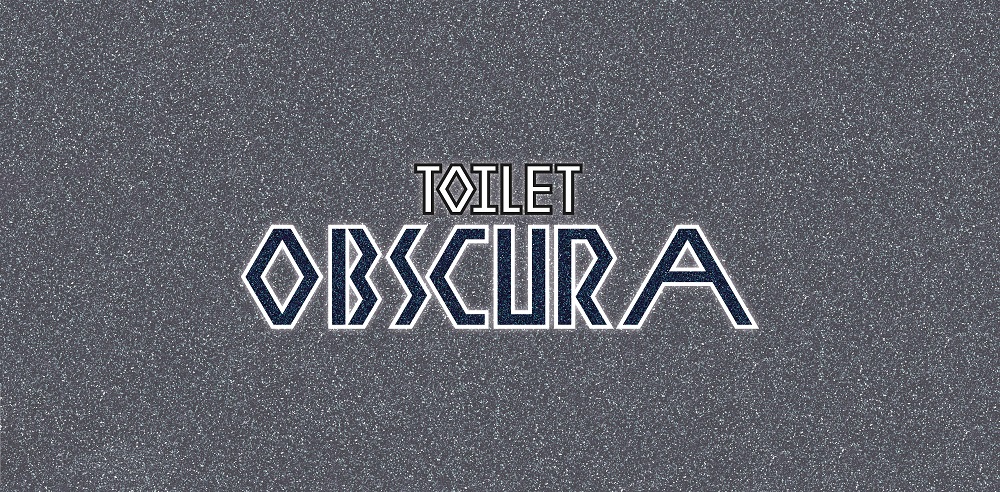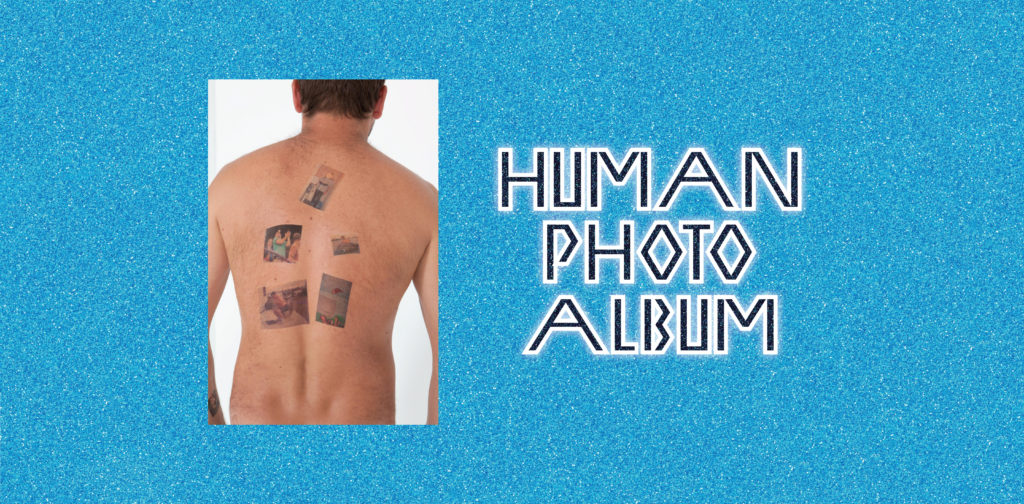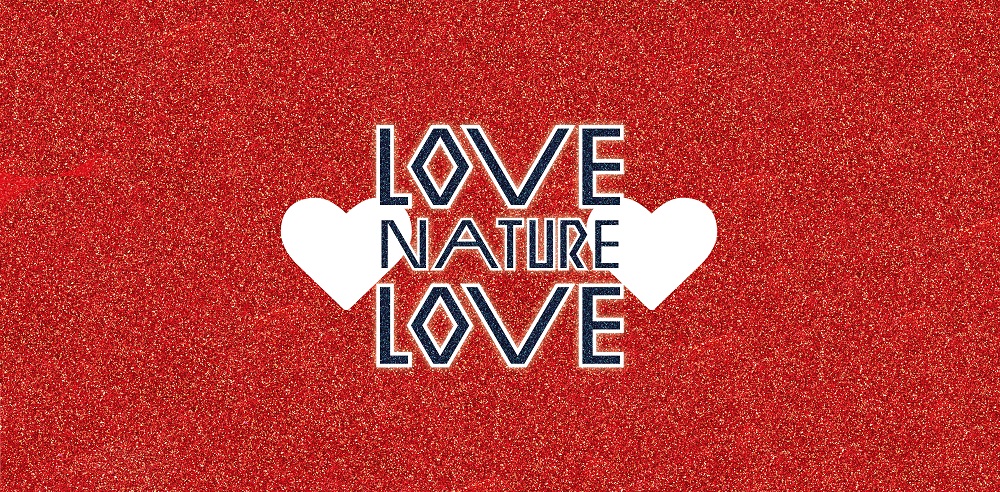Art Fairs
artnet Asks: Artist Erik Kessels on His Amazing Photo Amusement Park
He created the installation in collaboration with Thomas Mailender for Unseen Amsterdam.

He created the installation in collaboration with Thomas Mailender for Unseen Amsterdam.

Artnet Galleries Team

Opening this Friday, Unseen Amsterdam is a highlight for the international photography community. Now bigger and better than ever, the annual fair has grown to include 53 galleries and 60 independent publishers, as well as an ambitious panel discussion program and a variety of citywide installations and events.
One of these installations this year is the riotous collaboration between the artists Thomas Mailender and Erik Kessels. Taking place within the historic Zuiveringshal former factory in northwest Amsterdam, their “Photo Pleasure Palace” is a uniquely experimental playground where the photography stops being just something to explore and starts being something to play with. Attractions include a fortune teller specializing in reading photography portfolions—“professional photographers, your future career will be predicted,” the press release promises—as well as the Smash Gallery where, appropriately enough, you are invited smash up a variety of framed photographs. (Sounds like pretty good art therapy to us!)
Here, Erik Kessels explains his thinking behind the project, and what’s missing from photography today. Unseen Amsterdam opens September 22 and runs through September 24.

Photo Pleasure Palace, Unseen Amsterdam. Courtesy of Erik Kessels.
How did your collaboration with Unseen Amsterdam come about?
Unseen came to me with the request to come up with an idea for an exhibition in the Zuiveringshal during Unseen Amsterdam in September. We came up with the idea to create some kind of an alternative fair within the general fair.
This year marks the first time that Unseen will include an interactive program. Can you tell us more about it?
I can only speak for our initiative of the “Photo Pleasure Palace,” which is completely based on interaction. Not just walking past photographs and looking at them, but also interacting, playing, laughing, and occasionally—if you’re into that—destroying them.
Every photography fair should have these elements and tickle different senses of the visitors.

Photo Pleasure Palace, Unseen Amsterdam. Courtesy of Erik Kessels.
Where inspired your “Photo Pleasure Palace”? What led you to approach curating in this way?
First of all, Thomas and I both share the opinion that photography should be much more playful. Again, the medium of photography has not nearly enough humor—and a photography event like Unseen Amsterdam is a perfect place to play and interact with this idea.
The “Photo Pleasure Palace” is a combination of a photographic exhibition, installation, and a fun fair. It has seven main attractions and shows that visitors of Unseen can interact and experience photography in an alternative way.
Tell us about your own personal relationship to the larger Unseen platform.
Living in Amsterdam and being fascinated by photography makes it almost difficult not to connect and collaborate with Unseen. The concept of having a photography fair in combination with a public exhibition program is a perfect match to attract a large amount of visitors—even those visitors that are not completely into photography.

Photo Pleasure Palace, Unseen Amsterdam. Courtesy of Erik Kessels.
Why do you believe it is important to connect with art through, as you say, this playful and explorative way?
In this exhibition, we try to make the viewers take a closer look at the photography that surrounds them. We want them to stop being passive, and to start actively interacting and searching for answers.
By detaching images from their original context, you can change the way in which they are viewed. By selection and curation you can enhance an existing story. You never alter the images or create something that wasn’t there already, but you can magnify it. You create an opportunity for people to pause, and take a moment from their daily image consumption to discover something different and play with it.
To learn more about the rest of this year’s Unseen Amsterdam, read our interview with its artistic director, Emilia van Lyden, here.